When people ask me what my favorite nymph fly is, I tell them I don’t have one. I’m not trying to hide anything, it’s just that I try not to pay special attention to those “confidence” flies- you know, flies that I caught my biggest fish on, or flies I used the day I fished my personal best. Choosing confidence flies are probably some dopamine triggered behavior, I suspect. They get fished most often and so they catch the most fish. But only fishing confidence flies can be holding you back. And when you are having a real tough day out there and the fish won’t even take your star players, you won’t know where to turn. You’ve been beat.
Here’s a better way to select the “best fly” in your box when your confident fly is screaming at you “Pick me!”
The truth is you don’t need a lot of fly patterns to catch fish. When nymphing, two flies will catch most of your fish. “Wait, what?! I carry hundreds of flies.”
No doubt there are certain fly features that can attract fish like color, flashiness, profile etc. Those features involve guessing and trial and error so let’s take them out of the equation for now and stick to what we can control- location. Just remember that “the best fly in your box is the one that you can get in front of the fish.” This means that the fly pattern, color or even size doesn’t matter nearly as much as getting the flies into the strike zone.
When nymphing you often can’t see the fish but you usually have an idea of where they’re positioned. This determines your target “strike zone,” the area of water where you will try to present your fly/flies. In water with mixed currents there may be multiple strike zones around you. Think of mixed current water like different conveyor belts delivering food downstream to the fish, which are facing upstream. The fish hang out near the belts with the most food and where they will expend the least amount of energy while waiting. Putting your flies onto these conveyor belts should be your prime objective. This is where the skill comes in. Good anglers aren’t catching more fish because of their flies, they catch more fish because they put their fly in front of the fish.
Before choosing a fly, I’ll consider the fly’s dead drift while in the strike zone. Is the drift long or short, deep or shallow, fast or slow water etc.? I’ll also consider the sink rate, or time/distance it will take to enter the strike zone. This helps me plan my upstream casting target.
Now back to the only two flies you’ll need:
The first fly is a bald fly. The Spanish Perdigon is a good example. Bald flies are streamlined and cut through water because they have less surface area to pull on. They sink fast so they’re good in fast long runs, or short deep pockets. They also cast better due to less wind resistance. If you want this fly to ride high in the water column you’ll need it very lightweight, which could limit it’s casting distance.
The Second fly is a Bushy fly. The Birds Nest, Hare’s Ear and Pat’s Rubber Leg are good examples. Bushy flies sink slower because they have more surface area for water to grab. They can be great flies to fish high in the water column or in skinny water. Or, you can fish them deep with more weight or with the help of a more bald anchor fly to pull it down.
Given the situation, I’ll choose one or the other, and often a combination of both profile types.
So why do I carry so many flies? Every fly in my box is either bald, bushy, or a combination of both. I led you to believe that you only need two flies to catch most of your fish. Although mostly true, I really just wanted you to understand the two extremes and how they behave.
So, those are the only two flies you need. And of course, you’ll want these flies in a variety of weights and sizes. Oh, and while you're at it, it doesn’t hurt to have flies that are sort of bald and sort of bushy. Don’t forget short legs vs long legs. And jeez, you may as well get each of them in 6 different colors! Well, you get the point- you end up with a box with hundreds of flies in the end. But at least now I hope you have a better strategy for choosing the right one, without the influence of dopamine.
By Jeff Sasaki

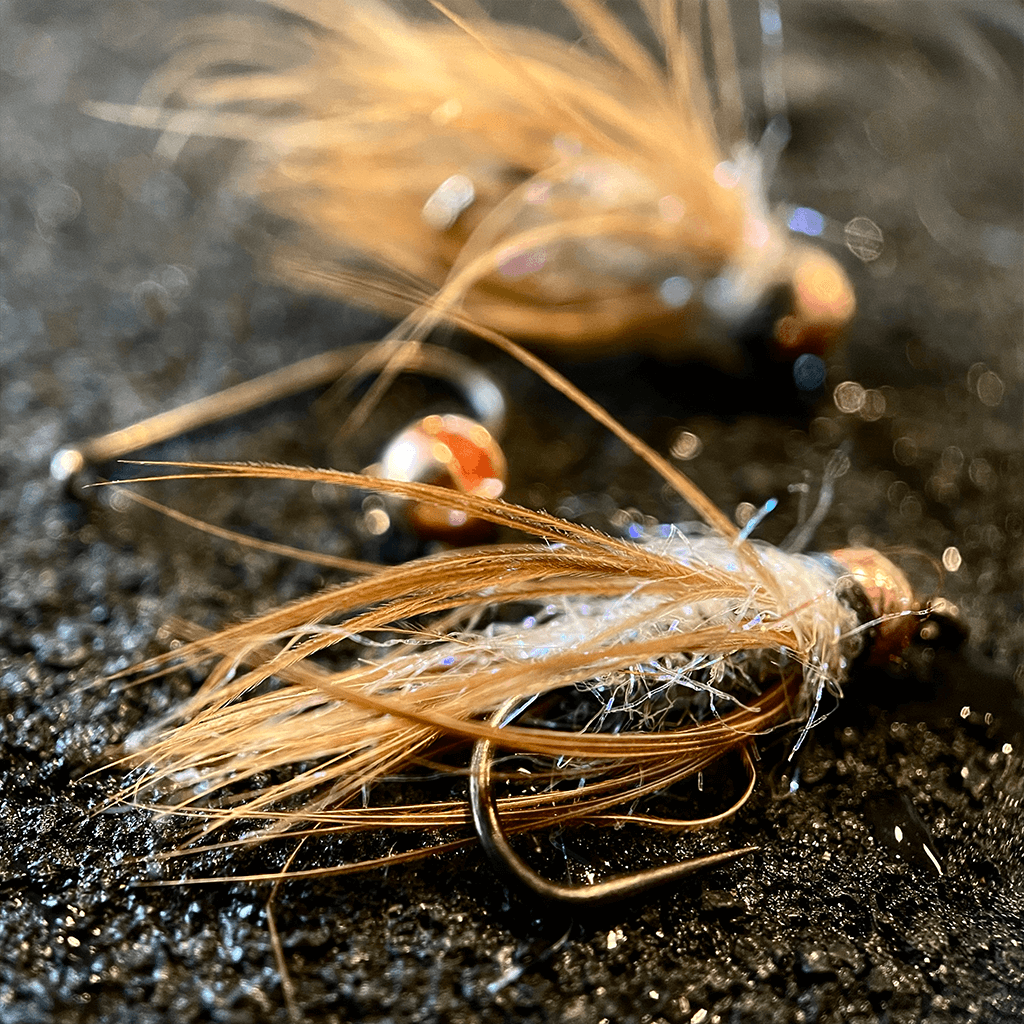
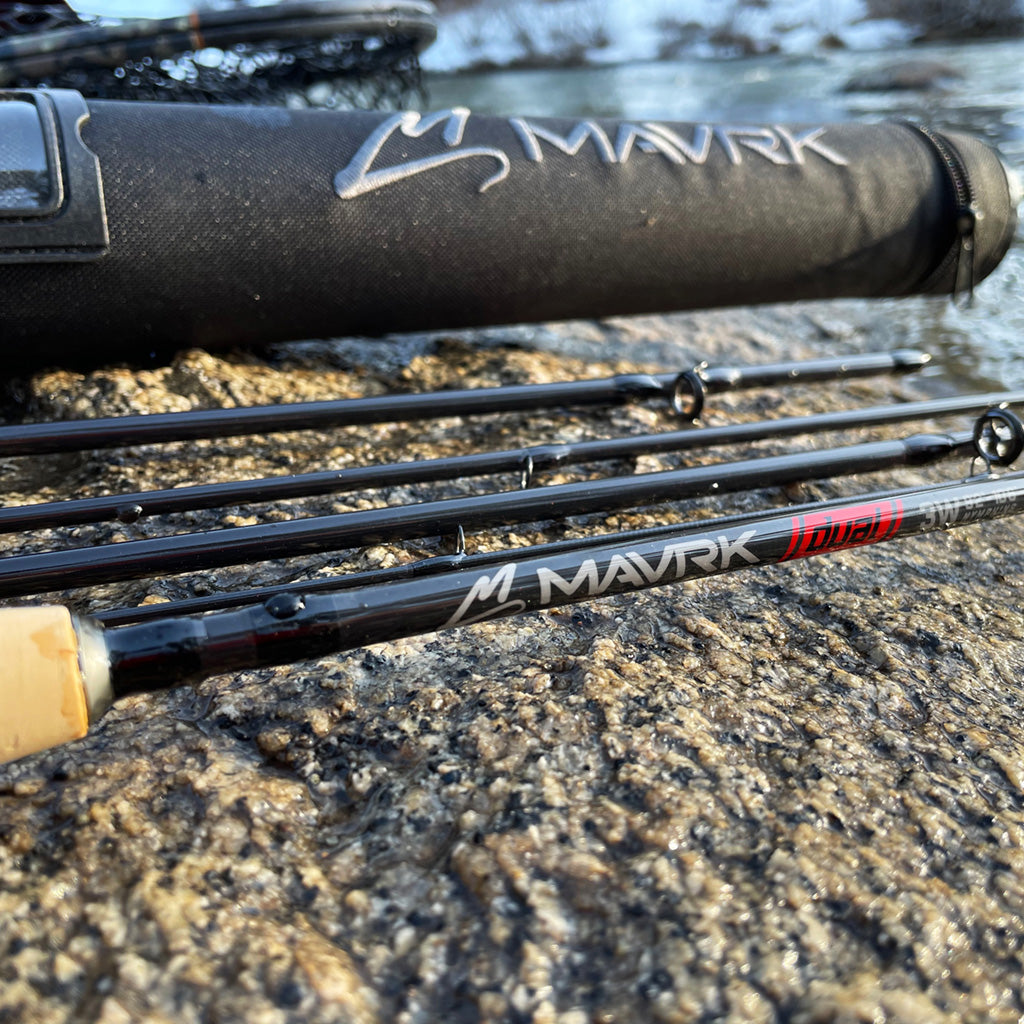
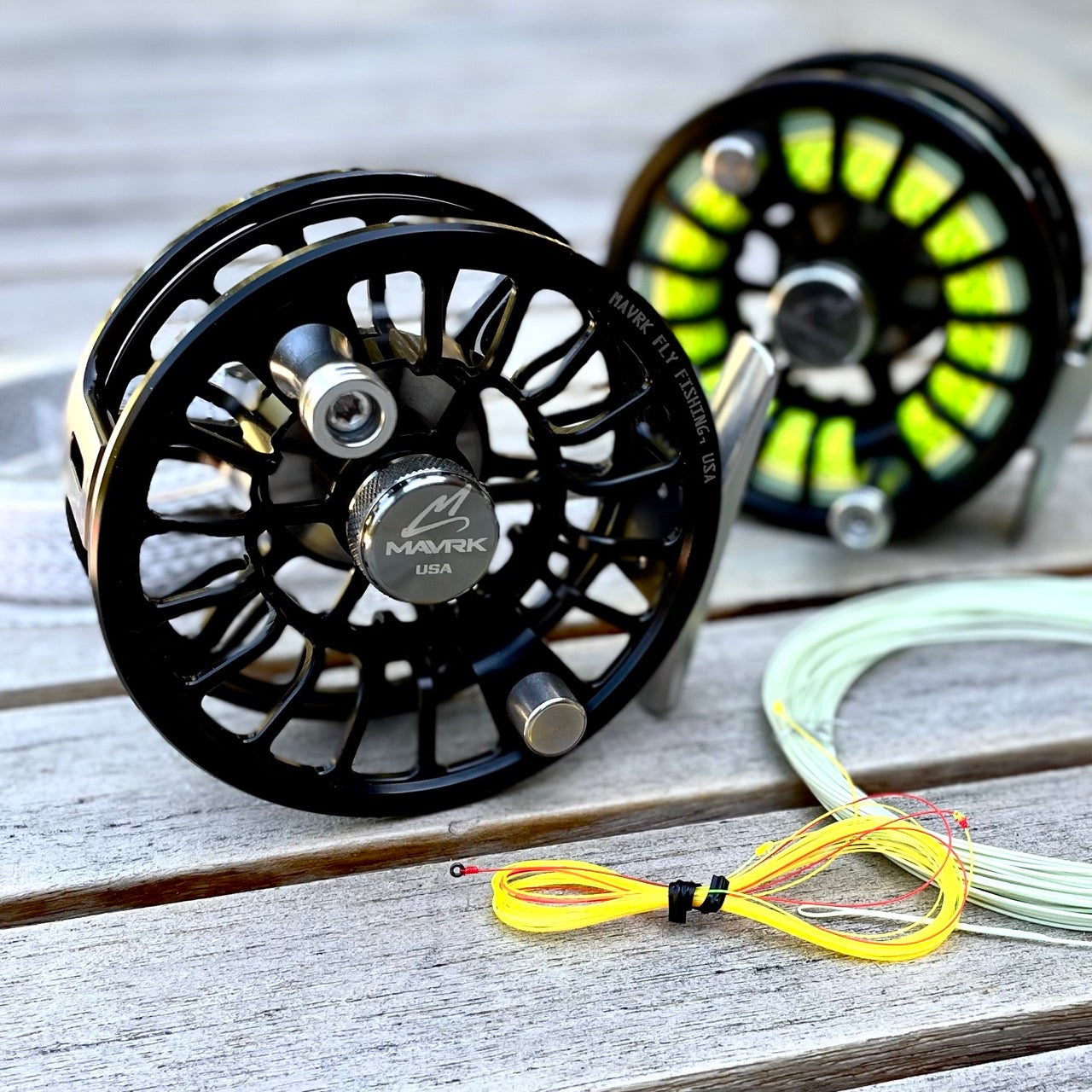
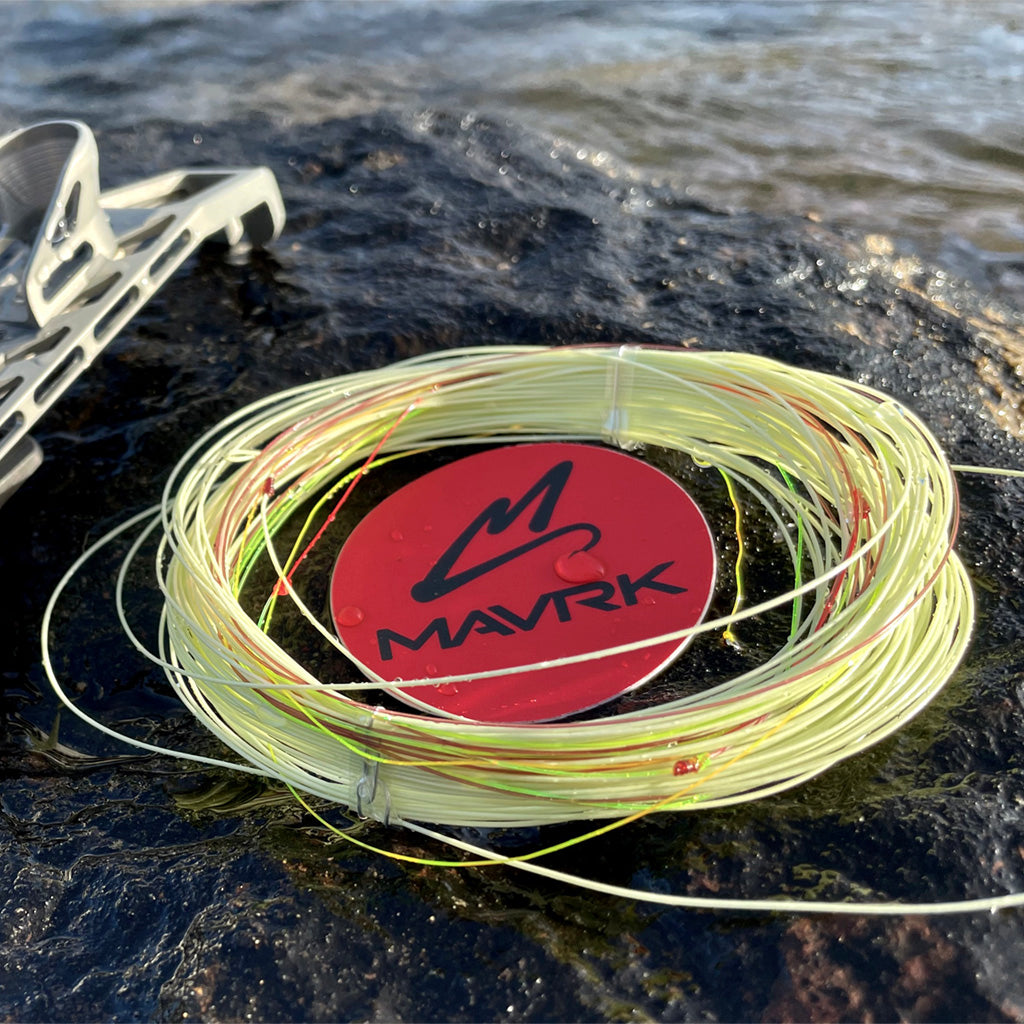
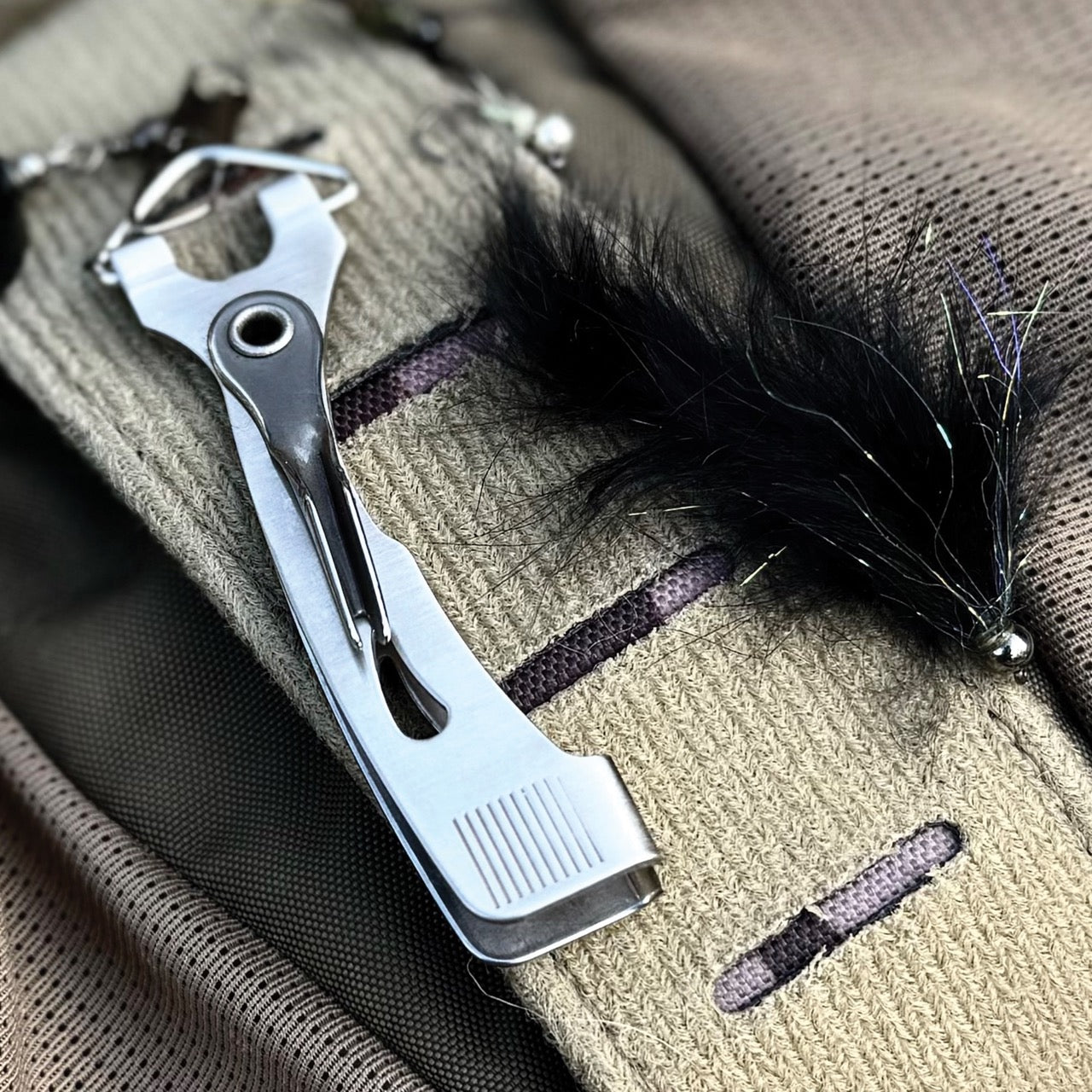


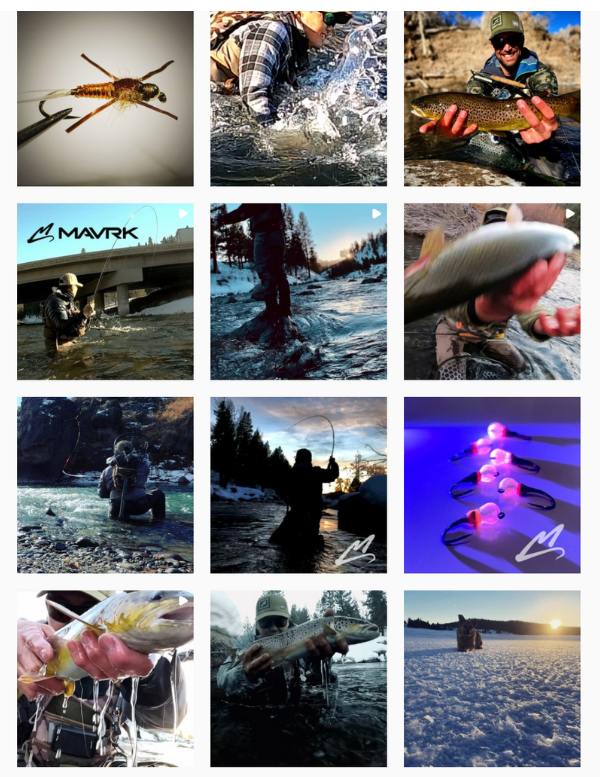
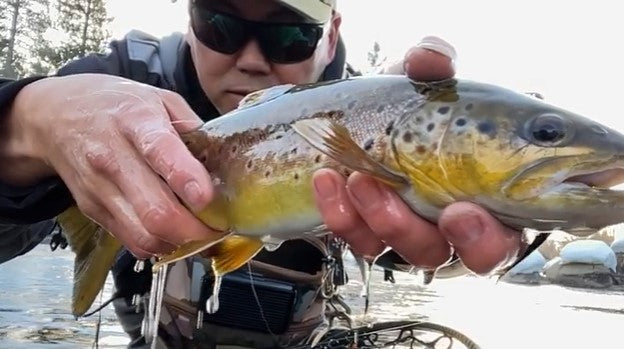
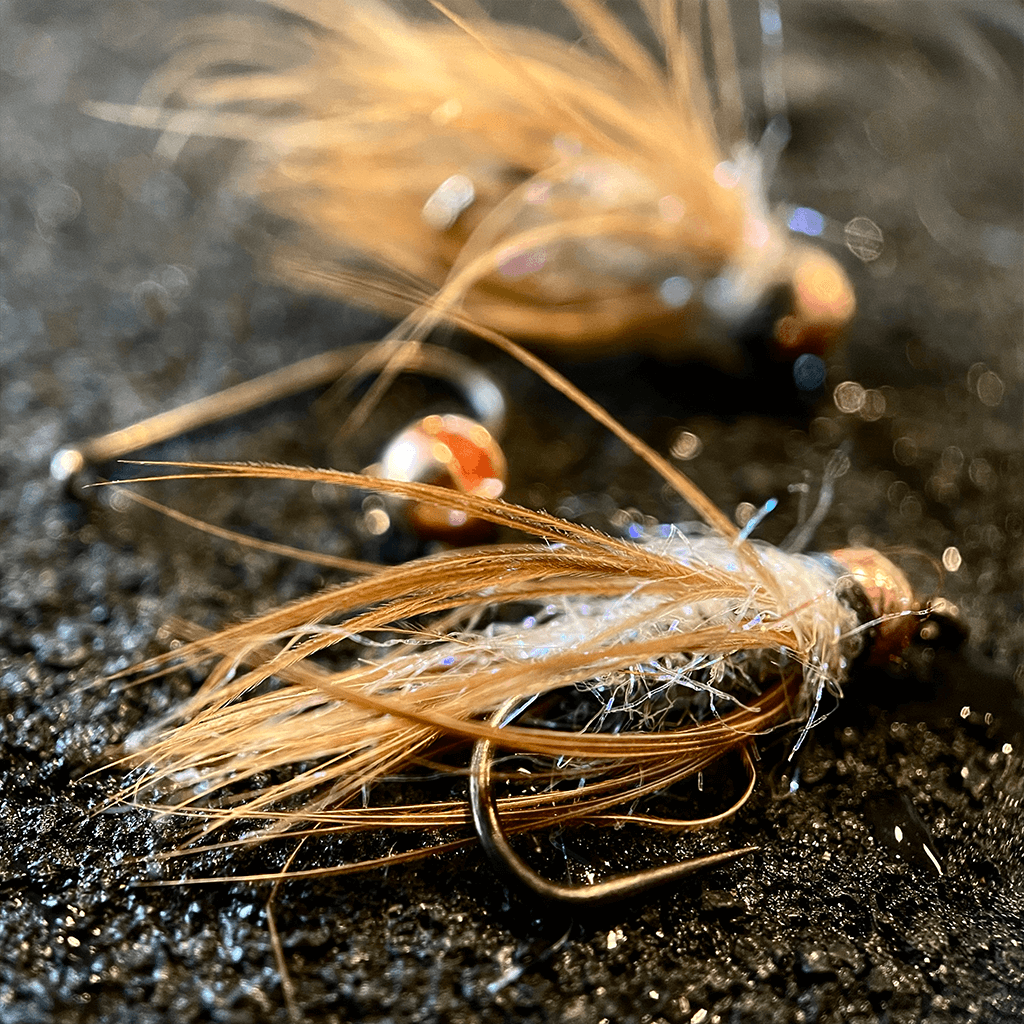
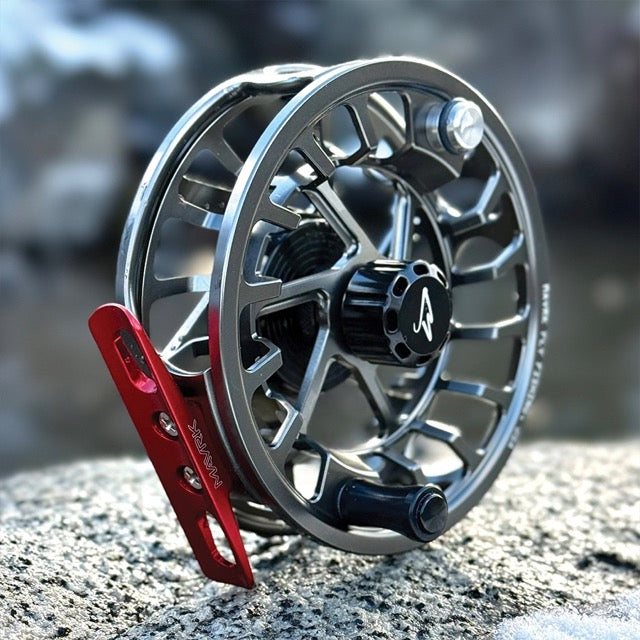
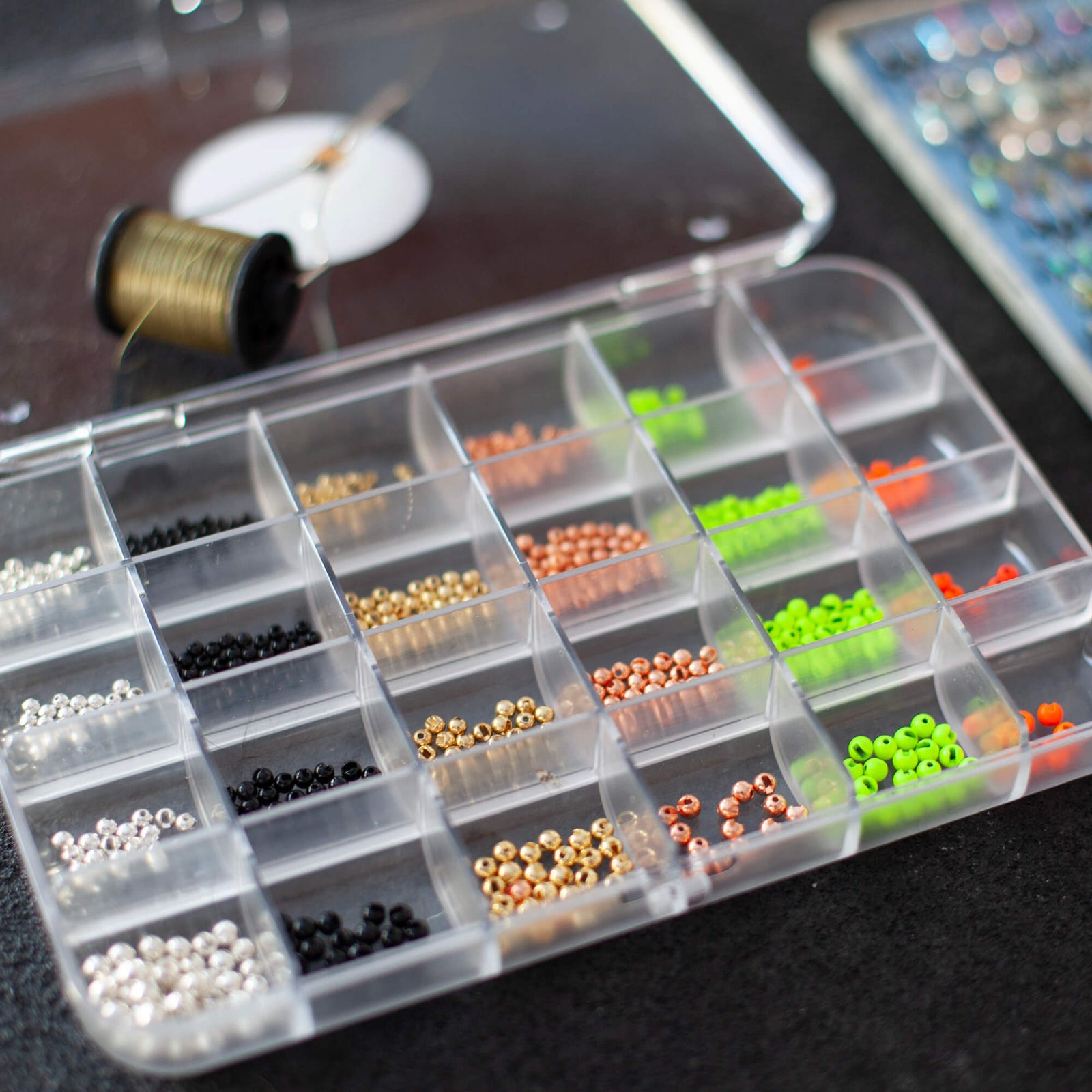
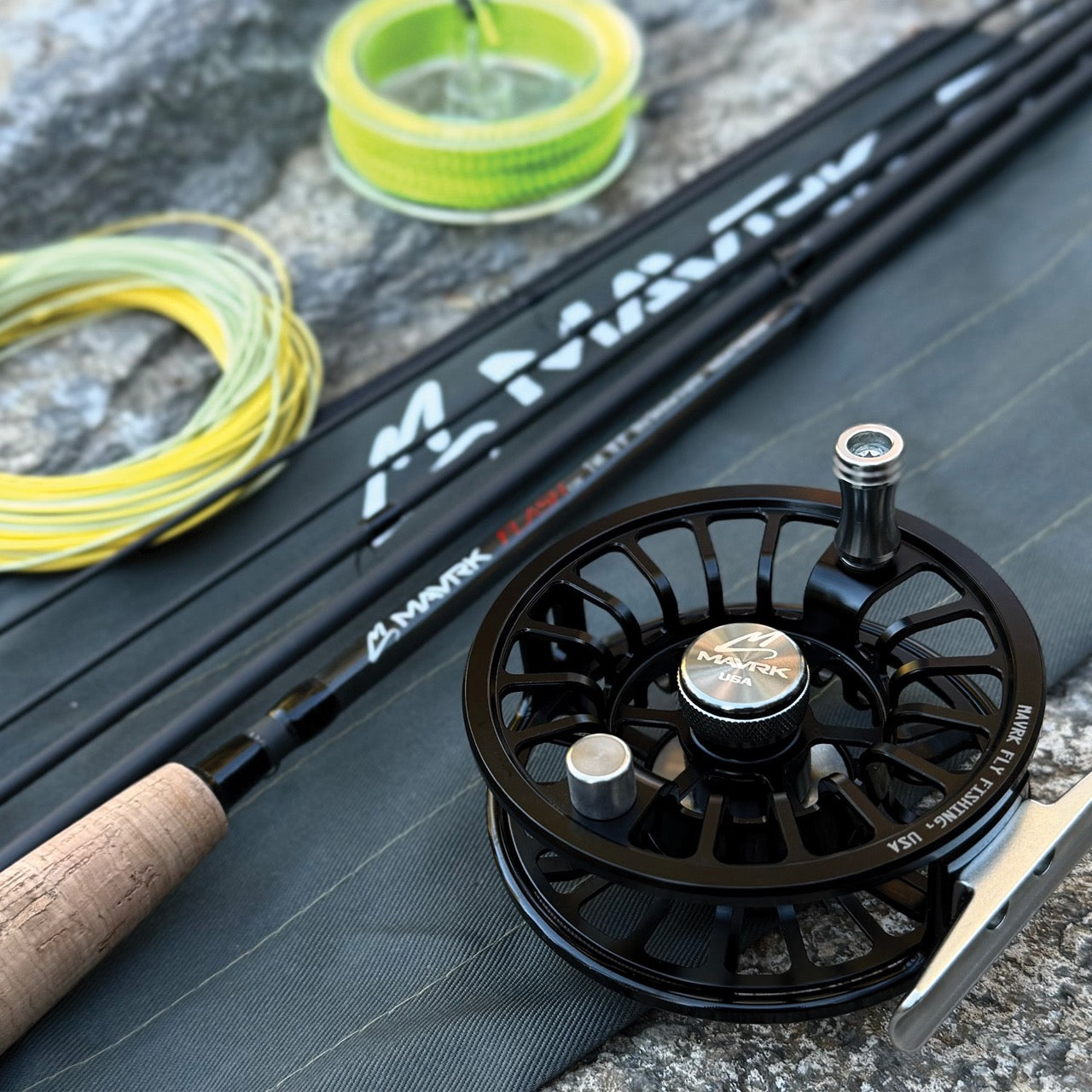
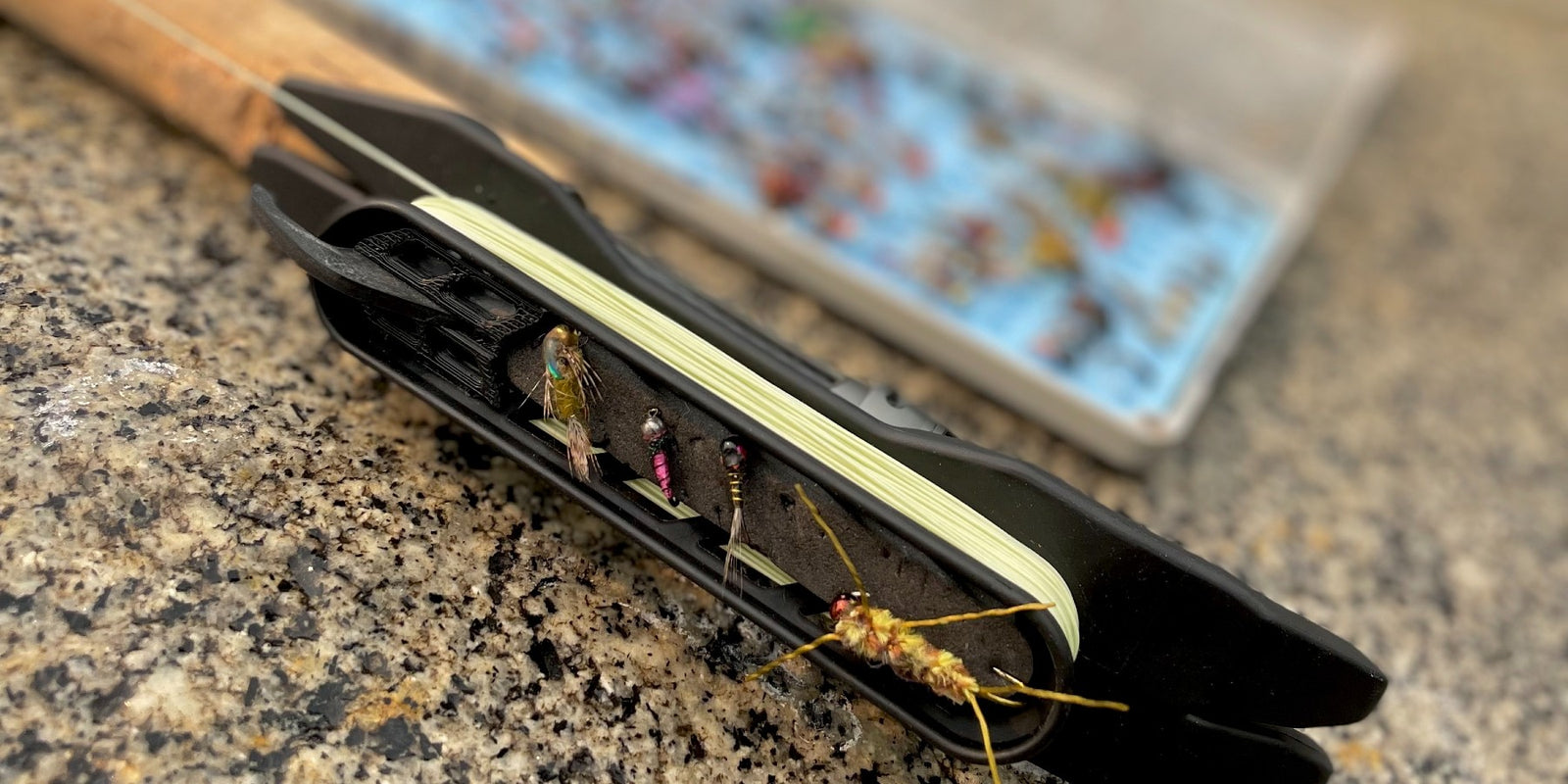
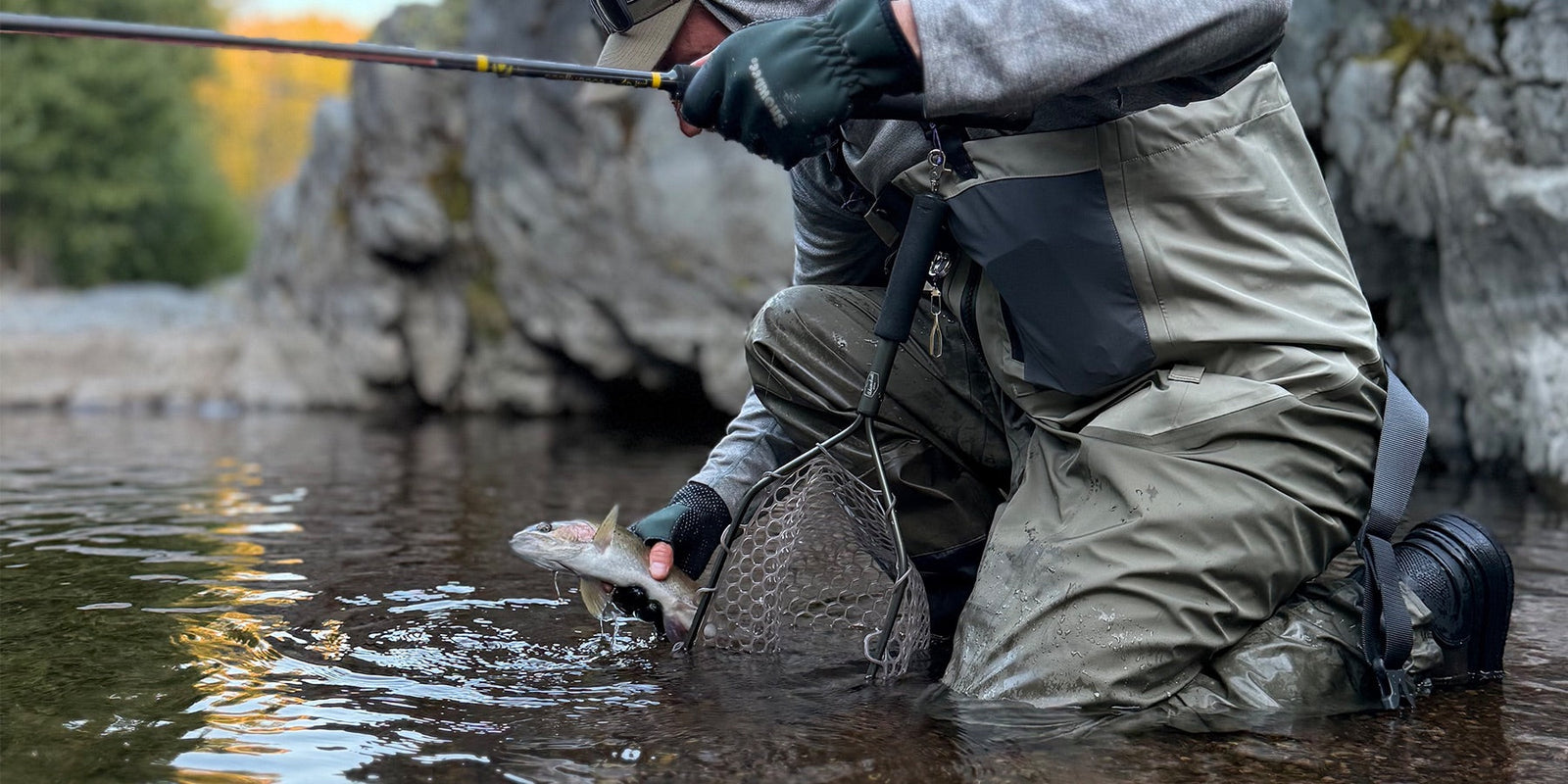
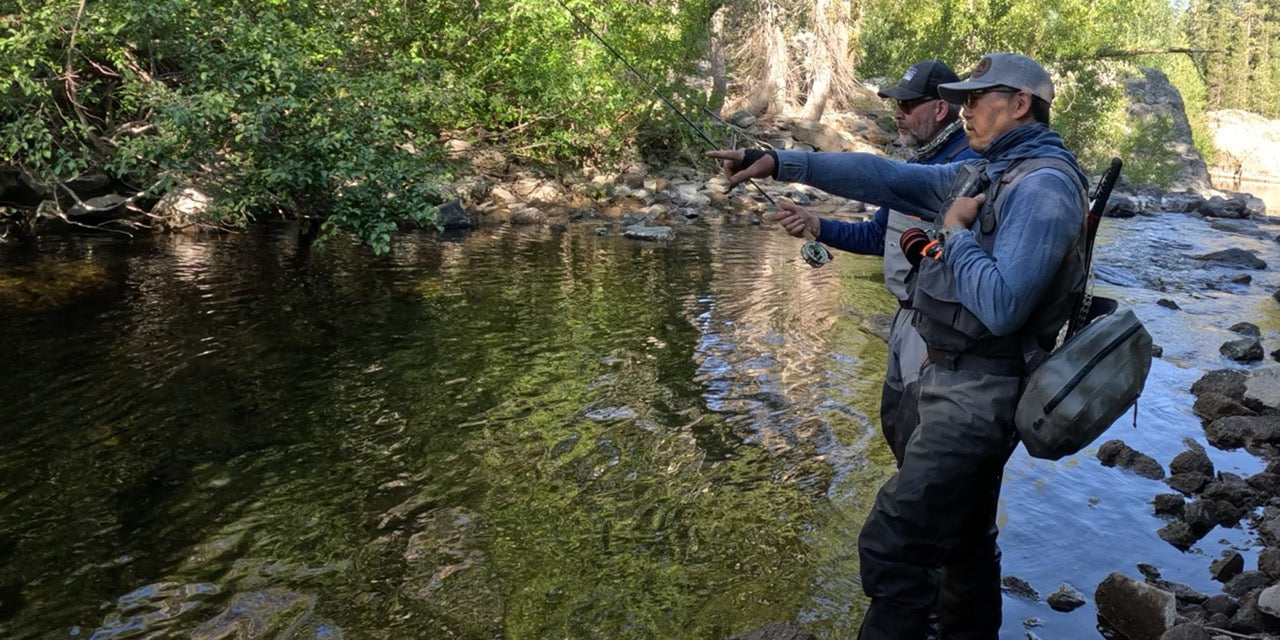

Leave a comment (all fields required)